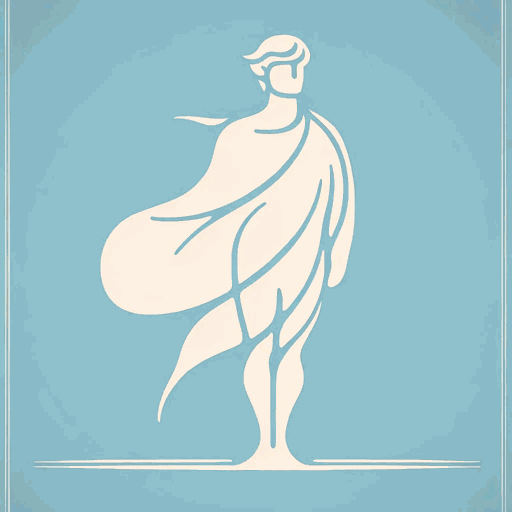82 pages • 2 hours read
Joseph CampbellThe Hero with a Thousand Faces
Nonfiction | Book | Adult | Published in 1949A modern alternative to SparkNotes and CliffsNotes, SuperSummary offers high-quality Study Guides with detailed chapter summaries and analysis of major themes, characters, and more.
Symbols & Motifs
Monomyth
The monomyth is the “universal mythological formula” (21) Campbell finds throughout world history and culture. One of these formulas is the hero’s journey, which follows a man or woman on a quest through a magical series of trials. The other mythological formula, which is related to the hero’s journey, is the story of the universe’s creation and dissolution, or the cosmogonic cycle. Campbell explains the myth’s common images and narrative framework as mimetic of human psychological processes, which similarly defy language, geography, and time period. He takes the word “monomyth” from James Joyce’s Finnegans Wake.
The Myth of Oedipus
In Euripides’s Oedipus Rex, the hero Oedipus leaves home after a prophecy foretells that he will kill his father and marry his mother. Later, he returns to his kingdom, kills the king, and marries the queen, who are revealed as his parents. This famous Greek story, in addition to following the monomyth of the hero’s journey, also informs Sigmund Freud’s psychoanalytic theories about primal fears and desires. In The Hero with a Thousand Faces, Campbell frequently invokes the Oedipus story to further his theory that many mythical tropes spring from Oedipal impulses embedded in the human psyche.
Related Titles
By Joseph Campbell



